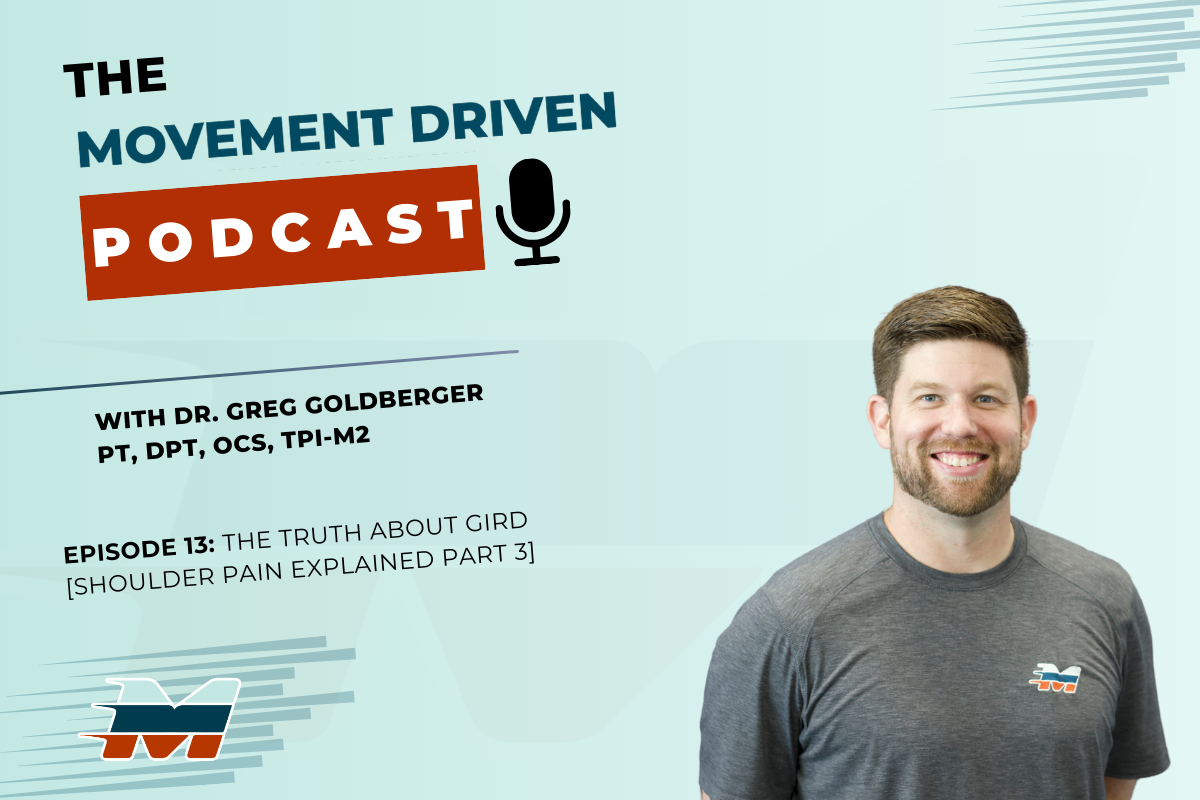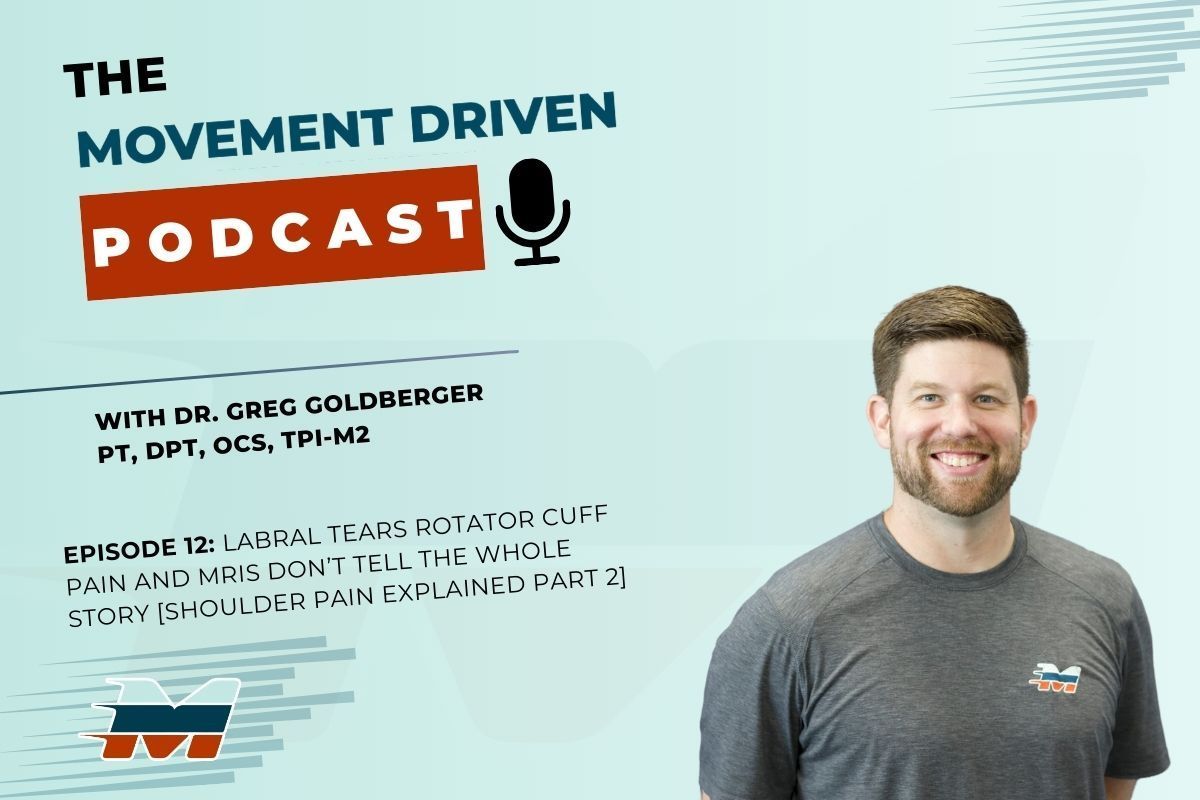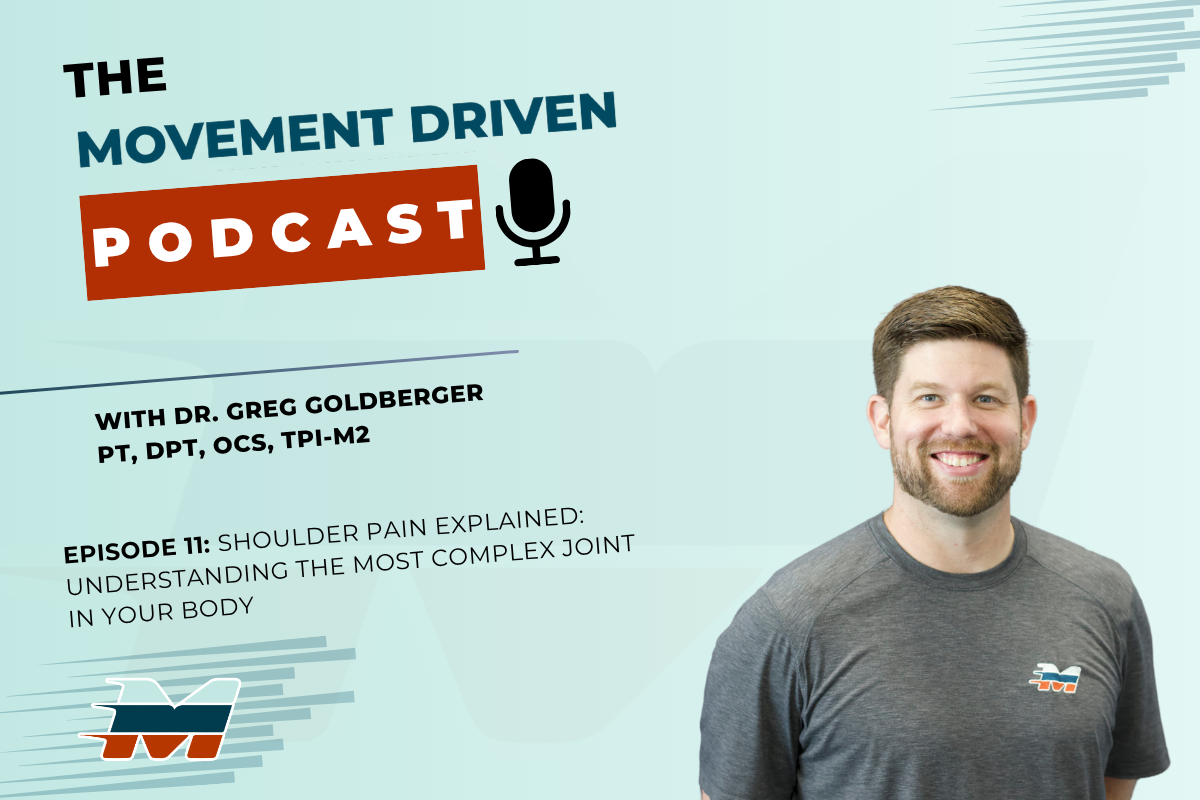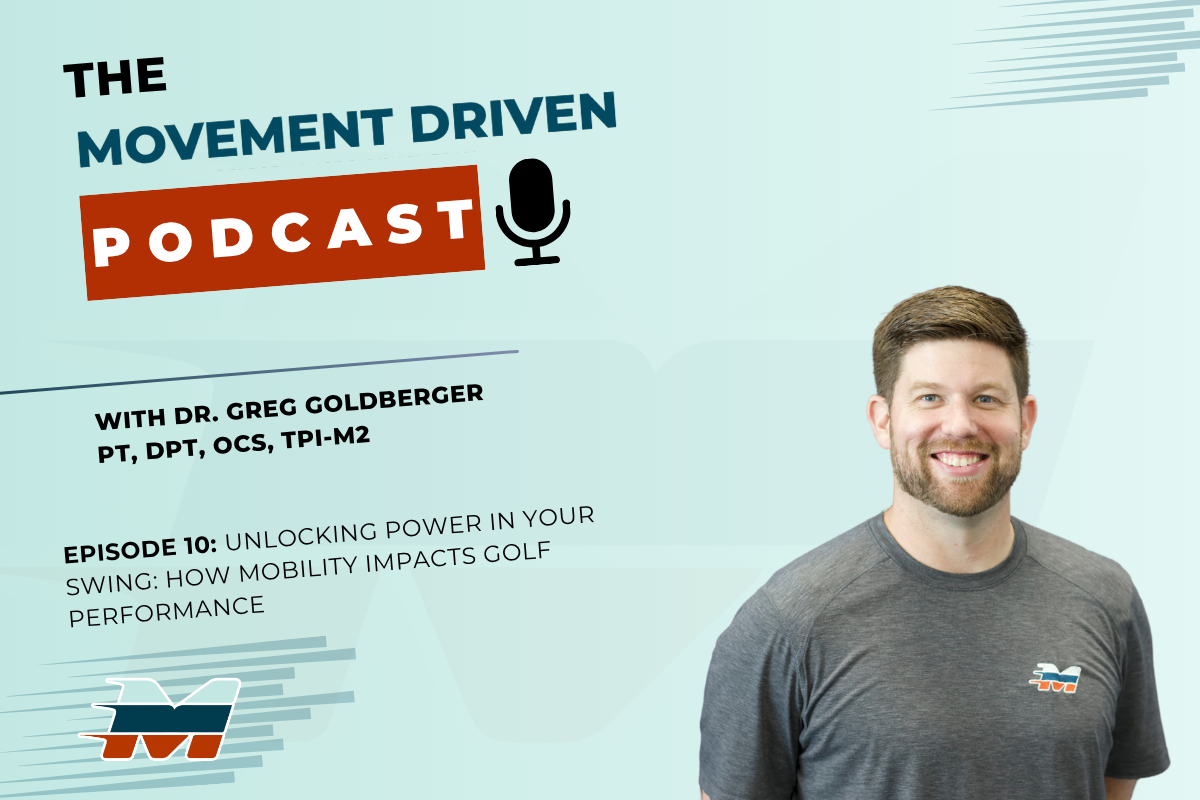Mind Over Movement: The Mental Health Benefits of Physical Therapy
Greg Goldberger • October 20, 2025
The way you move affects how you think, sleep, and feel every single day.

We’ve all heard that movement is medicine — but it’s not just for your body. It’s for your mind, too. The way you move affects how you think, sleep, and feel every single day. And when guided by a Doctor of Physical Therapy, that movement becomes one of the most powerful tools for improving mental well-being.
How Movement Supports Mental Health
1. Reduces Stress Hormones (Cortisol)
Cortisol is your body’s main stress hormone — it helps in short bursts but causes problems when levels stay high for too long. Chronic stress and elevated cortisol can lead to anxiety, poor sleep, inflammation, and even pain.
Movement, especially when prescribed and progressed safely by a physical therapist, helps regulate cortisol levels. Regular physical activity lowers your baseline stress hormones and reduces inflammation throughout the body. Less inflammation means a calmer nervous system, a clearer mind, and often, less pain.
2. Improves Sleep & Energy
Quality sleep and consistent energy are the foundation of good mental health. Exercise improves both by helping your body regulate circadian rhythms — your internal “sleep clock.”
When you move during the day, your body is primed to rest more deeply at night. Physical activity also enhances energy production at the cellular level, giving you more stamina to handle daily stressors and feel mentally sharper.
3. Releases Endorphins & Neurotransmitters
Ever feel that “post-workout high”? That’s endorphins — your body’s natural mood boosters — doing their job. Exercise also increases dopamine and serotonin, the same neurotransmitters many antidepressants target.
Regular movement even stimulates BDNF (Brain-Derived Neurotrophic Factor), a protein that promotes brain cell growth and repair. Think of it as fertilizer for your brain — helping you think more clearly, manage stress better, and feel more resilient overall.
4. Decreases Problematic Inflammation
Chronic stress, poor posture, and sedentary habits can trigger inflammation throughout the body — and studies link that inflammation to both depression and chronic pain.
Physical activity reverses this trend by lowering pro-inflammatory markers and boosting the body’s natural anti-inflammatory response. That means a healthier immune system, less stiffness and soreness, and a reduced risk of long-term degenerative issues.
The PT Difference: Safe, Guided Movement for the Mind and Body
Not everyone feels comfortable jumping into exercise — especially when pain, fear of injury, or past setbacks are part of the story. That’s where physical therapy comes in.
Physical therapists specialize in helping people move safely and confidently again. Through manual therapy, corrective exercise, and education, we bridge the gap between recovery and performance — helping you rebuild trust in your body and restore your sense of control.
When patients move without pain, their confidence rises, anxiety fades, and energy returns. We see it every day: as pain decreases, hope increases.
Practical Takeaways
- You don’t need intense workouts to feel better — even 20–30 minutes of moderate movement (like walking, resistance training, or cycling) most days can lower stress and lift your mood.
- Consistency matters more than intensity. It’s about showing up for your body — and your mind — day after day.
- Movement truly is medicine. It doesn’t just strengthen muscles; it rewires your brain chemistry, calms inflammation, and helps you handle life with greater resilience.
Ready to Move Better — and Feel Better?
Physical therapy isn’t just about healing pain. It’s about empowering your whole self — body and mind.
Invest in your physical and mental resilience.

The holiday season in St. Johns brings excitement, family traditions, and a long to do list that usually includes lifting decorations, standing for hours in the kitchen, long shopping days, and driving up and down 210. It is a joyful time, but it is also one of the most common seasons for back pain to flare up. Most of these aches come from mechanical stress on joints and tissues, not sudden injury, which is supported by the National Institute of Neurological Disorders and Stroke’s research on low back pain. The good news is that holiday related irritation is preventable with simple mobility routines and better movement strategies. Here is how to keep your back protected all season long. 1. Lifting Heavy Decor Boxes Without Strain Many St. Johns residents pull heavy bins of holiday decorations from attics, garages, or closets. Poor lifting mechanics significantly increase the risk of low back pain, which is highlighted by the American Academy of Orthopaedic Surgeons in their safe lifting guidelines. How to lift smarter: Keep the box close to your center of gravity. Bend at your hips and knees instead of rounding your back. Exhale and brace your core as you lift. Make multiple small trips instead of one heavy one. Mobility tip: Warm up first. Dynamic movements increase tissue elasticity and reduce mechanical irritation. 2. Prolonged Standing in the Kitchen Holiday cooking means long hours of chopping, stirring, and leaning over counters. Staying in one position too long increases stiffness and muscle fatigue. NINDS reports that sustained postures are a major contributor to mechanical low back pain. How to reduce standing fatigue: Alternate your stance by propping one foot on a small stool. Change your position every 10 to 15 minutes. Use cushioned shoes or an anti fatigue mat. Mobility tip: Add tiny movement breaks. Light lumbar rotations or marching in place prevent the stiffness that builds from continuous standing. 3. Shopping Days and Heavy Bags Holiday shopping at the St. Johns Town Center or local boutiques often leads to uneven loading from carrying bags on one side. As Spine Health notes, imbalanced loads contribute to muscle strain and low back irritation. How to shop smarter: Distribute weight evenly between both hands. Avoid carrying heavy bags on a single shoulder. Make trips to the car to unload heavier items. Mobility tip: Stretch your hip flexors afterward. Long periods of standing and walking tighten this area, which directly affects the lumbar spine. 4. Long Drives Up and Down 210 Holiday errands, family gatherings, and parties mean more time in the car. Sitting increases pressure on the lumbar discs and hip flexors. Research from NINDS notes that prolonged sitting is one of the most common triggers for mechanical low back pain. How to reduce back irritation in the car: Adjust your seat so your hips sit slightly higher than your knees. Use a small lumbar roll for support. Take breaks during longer trips to stand and walk. Mobility tip: When parked, pull one knee gently toward your chest to relieve hip and low back tension. 5. Why Simple Daily Mobility Helps Mobility does not need to be time consuming. It simply keeps your joints moving and prevents the stiffness that builds from repeated tasks. Spine Health emphasizes that consistent mobility improves circulation, reduces joint irritation, and enhances load tolerance. Three movements to keep your back happy: Hip hinges Thoracic rotations Bird dogs or dead bugs These movements support the spine during lifting, standing, cooking, carrying, and driving. When to See a Physical Therapist If holiday prep has already triggered pain that is sharp or persistent, a professional evaluation can help you identify the root cause and create a personalized plan. Movement Driven provides one on one care that focuses on restoring mobility, improving strength, and keeping you active all season. Ready to Stay Pain Free This Holiday Season? Schedule a free discovery call to talk through your symptoms and learn which mobility strategies will help you move pain free through the holidays.









